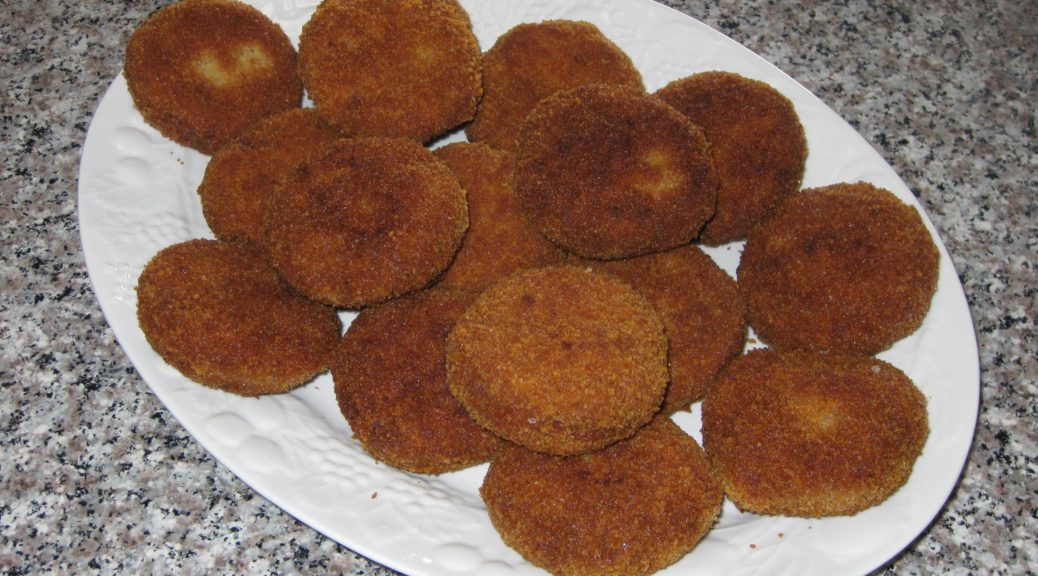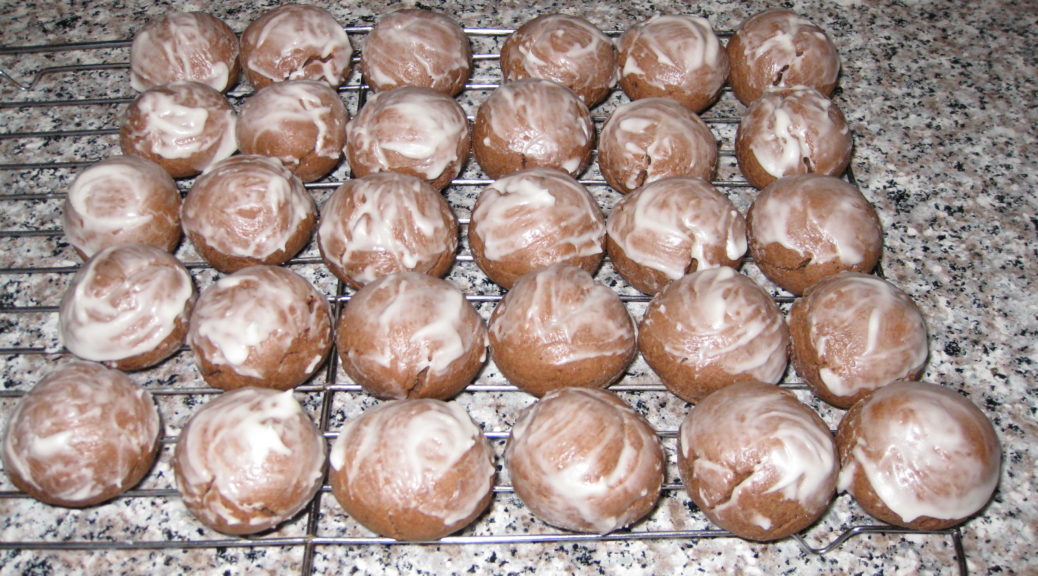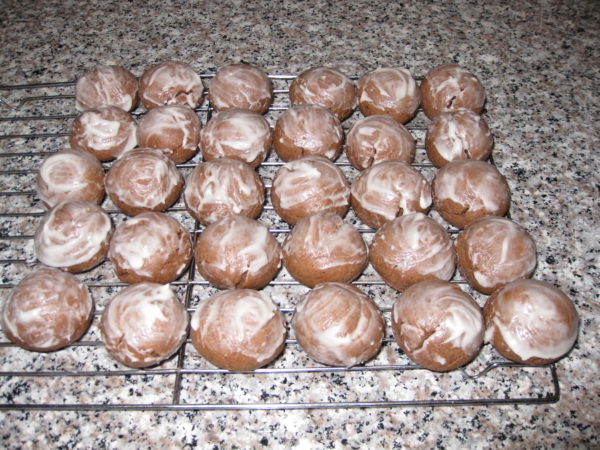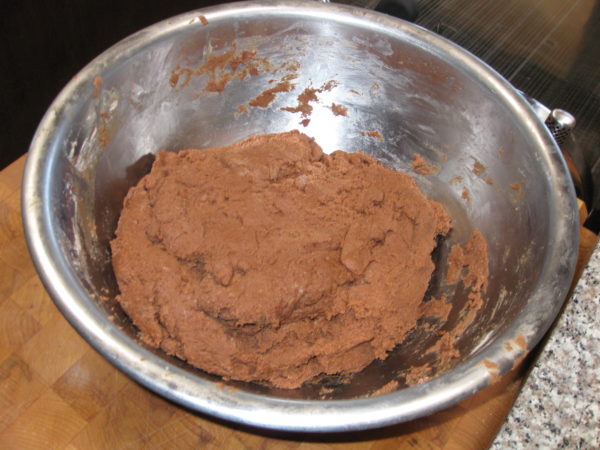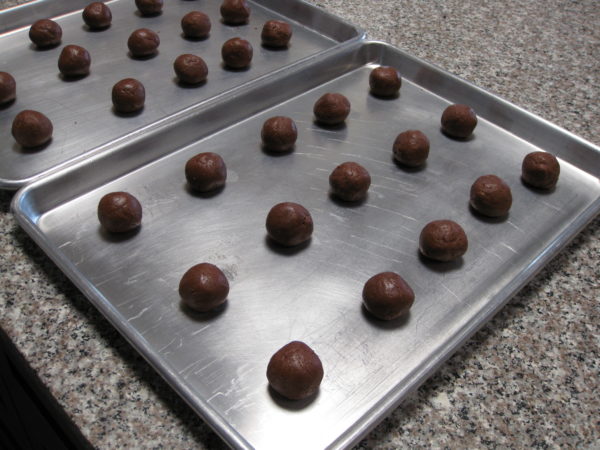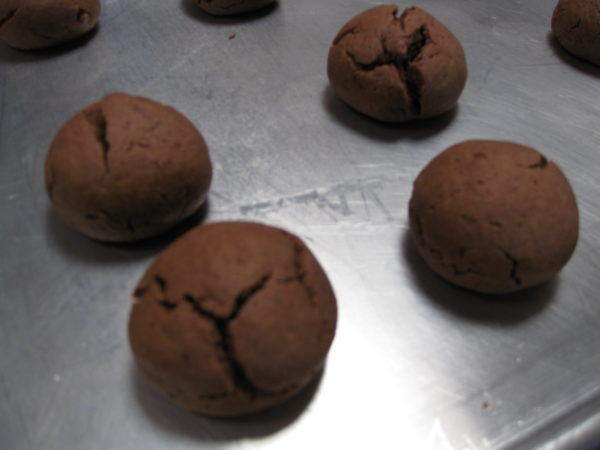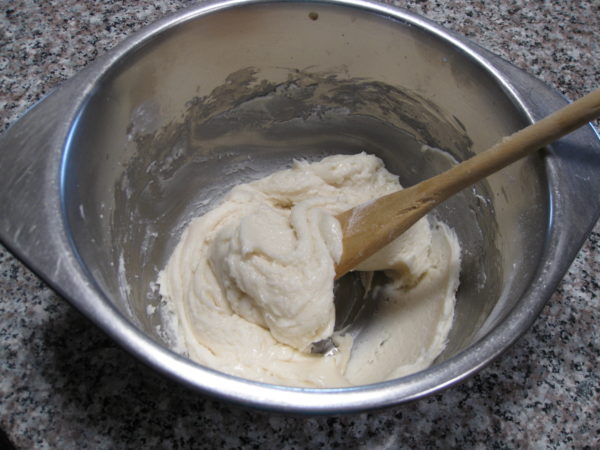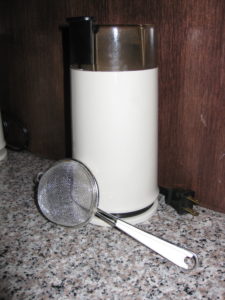May 1, 2017
In early 2014, my husband and I were lucky enough to go to Cuba with two close friends. This was prior to the loosening up of restrictions on travel by Americans to the island nation.
Because of the guidelines governing such travel, we had to spend a significant portion of our time interacting with Cubans, not being tourists. We visited a schools for the arts and music, toured cultural sites, attended lectures, saw a cigar factory, and met with some Cubans in their homes, among other activities.
All of Cuba is divided up into small units that are under the watchful eye of a trusted local who reports any unusual activities to the authorities. These units could be a section of a street, for example, or a multi-unit building. What turned out to be one of the most memorable events was meeting with the residents of one such building one evening in Cienfuegos.
The children put on a small performance, we had refreshments, then spent several hours chatting with the building’s residents. It seemed to us that everyone was quite open, talking about the challenges, as well as the benefits (such as free education and health care) of life in Cuba. In fact, while it seems that most Cubans we met were in favor of a more open society they were understandably very protective of their access to education and health care.
One man, seemed particularly open about the difficulties of life in Cuba. This was surprising to us as his wife was the designated party operative responsible for overseeing this particular building. Our suspicions seemed to be confirmed when he disappeared into their apartment shortly before the evening ended after his wife gave him “the look.” As our vehicle was pulling away from the building, he ran out and waved us good-bye. Clearly he had been banished from the meeting but kept a watchful eye from his apartment, exiting at just the right moment.
In addition to spending the major portion of our trip interacting with Cubans we were prohibited from actually going to the beach! This was supposed to be an educational and cultural interchange, not fun.
Even more interesting is that, at the time, Americans were prohibited from buying Cuban cigars and rum. Mind you, I’m not talking about bringing these items back to the United States which was definitely forbidden, but buying and using them while in Cuba.
This would seem to be a singularly difficult rule to enforce and I can’t say that anybody paid particular attention to it. One of our most pleasant experiences was sitting at a park on the waterfront in Cienfuegos sipping rum (from plastic cups) smoking cigars and watching the sun set.





We ate a lot of croquetas in Cuba and drank a lot of rum punch, mojitos, and cariocas. After we got back we pulled together a Cuban dinner with a few other friends. I made the traditional finger-sized croquetas—seven dozen of them, actually! Here is a picture of me frying them as well as a platter full of cooked ones along with some plantain chips and mojitos.
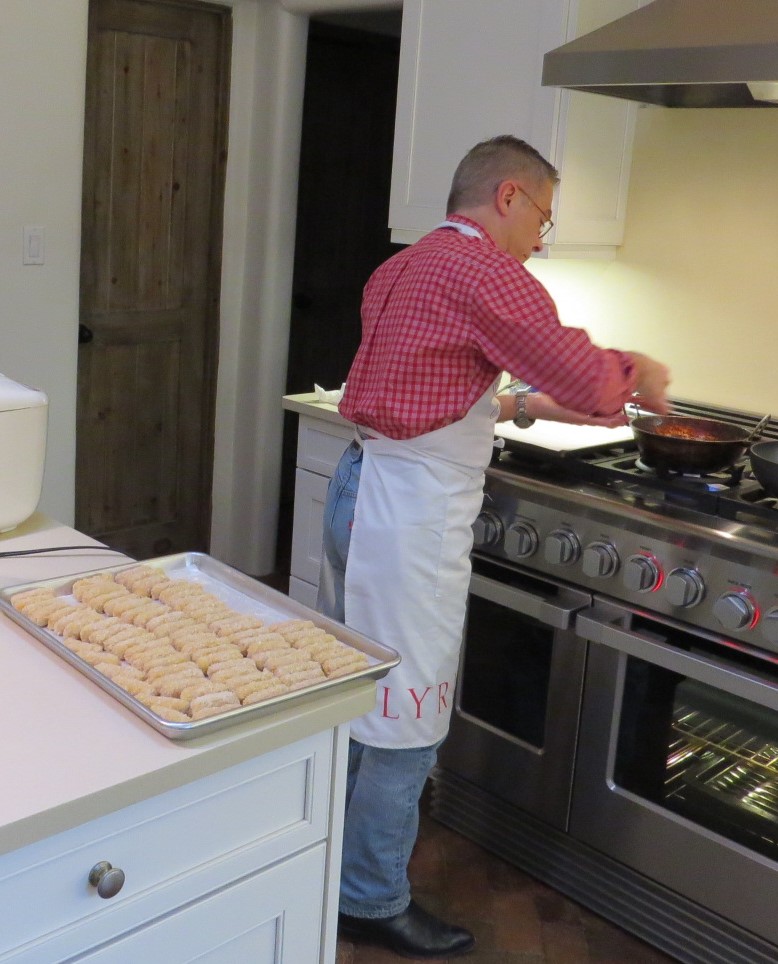
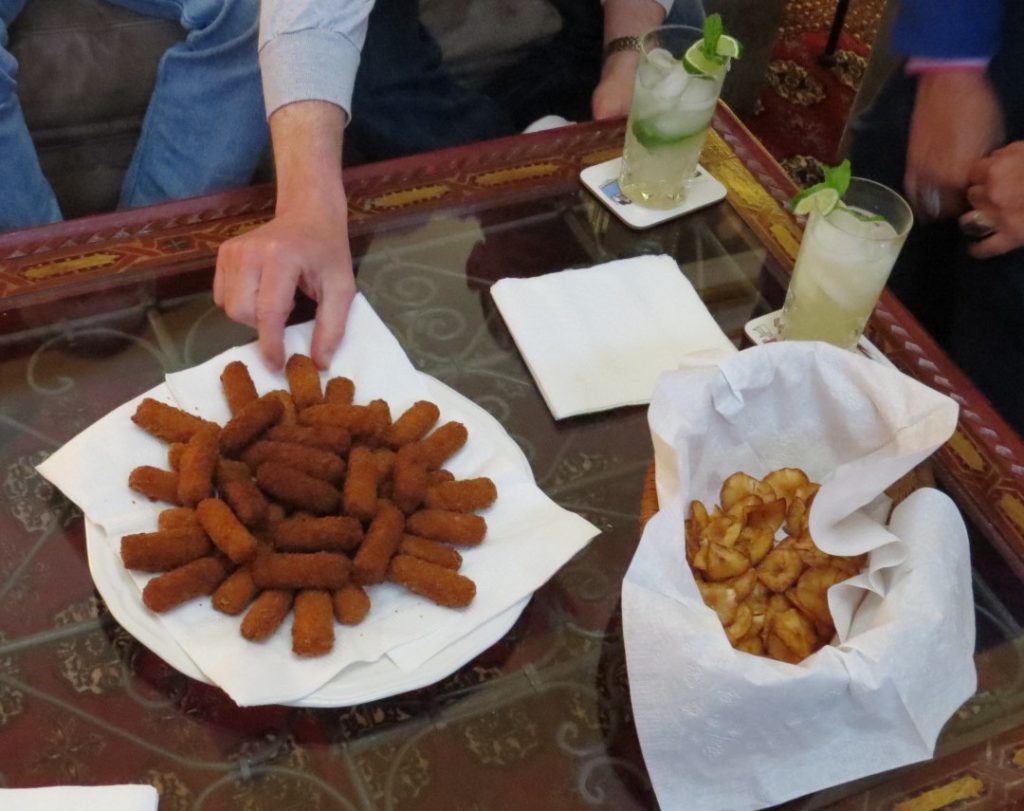
For this post, since I was cooking them as an entrée rather than as a nibble with cocktails, I made them larger.
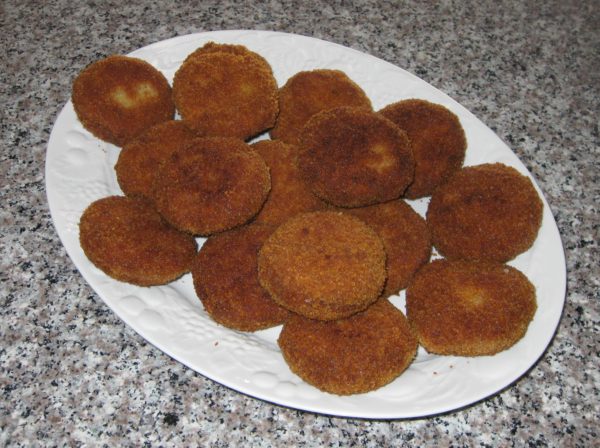
| Prep Time | 1 hour |
| Cook Time | 20 minutes |
| Passive Time | 9 hours |
| Servings |
people
|
- 1 pound cooked ham
- 7 tablespoons butter
- 1/4 cup minced onion
- 3/4 cup all purpose flour
- 1 cup whole milk
- 1/2 teaspoon nutmeg freshly grated
- 3-4 tablespoons minced parsley
- salt to taste
- black pepper freshly ground, to taste
- 3 eggs
- cracker crumbs for coating
- corn oil for deep frying
Ingredients
|

|
- If the ham was cooked with a sweet glaze, rinse the glaze off using warm water.
- Cut the ham into one-inch cubes.
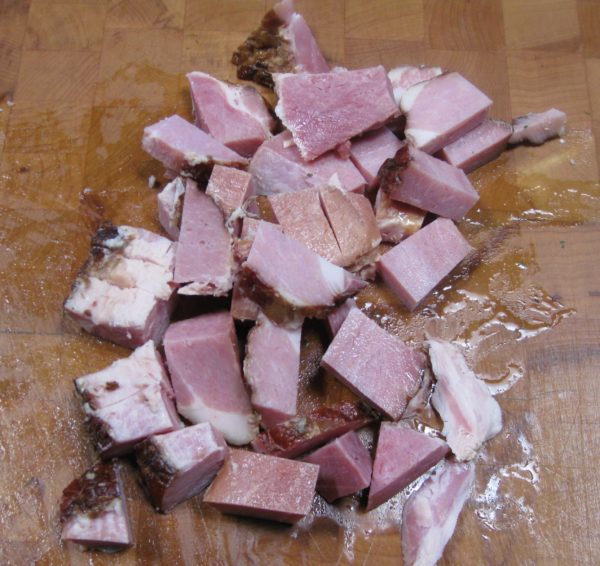
- Finely grind the ham in a food processor or meat grinder. Reserve the ground ham.
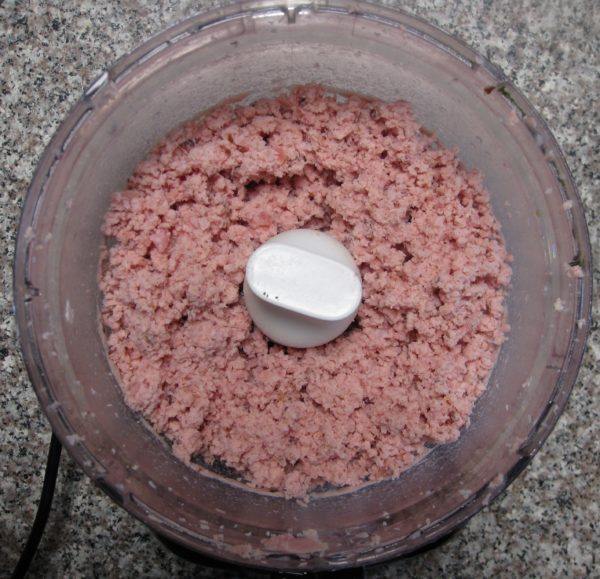
- Over medium heat, warm the milk in a small saucepan.
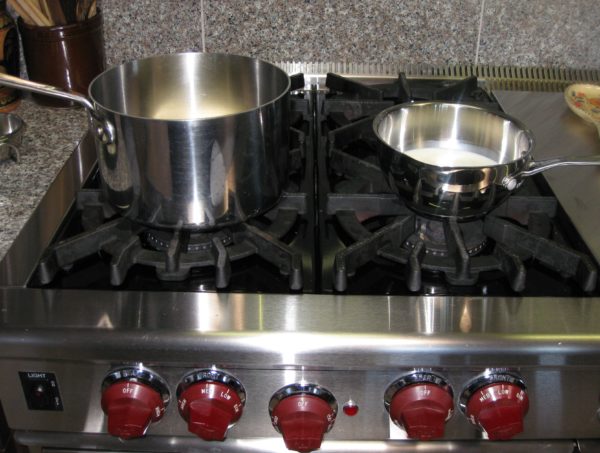
- Meanwhile, in a two-quart heavy bottomed pan, sauté the onion in butter on medium heat until soft, approximately 4-5 minutes.
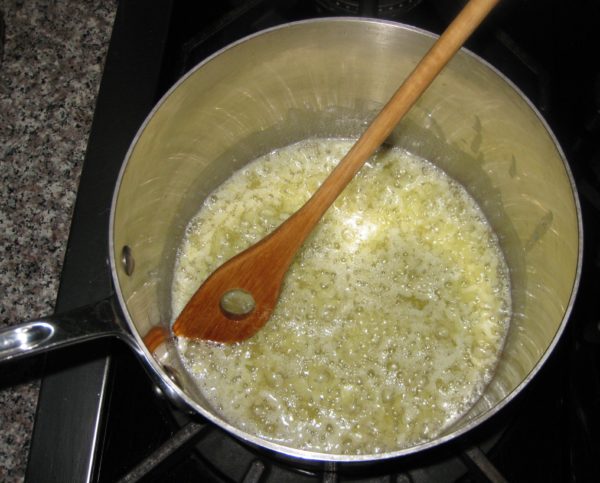
- Add the flour to the onion-butter mixture and cook for about two minutes, stirring constantly. Do not brown the flour.
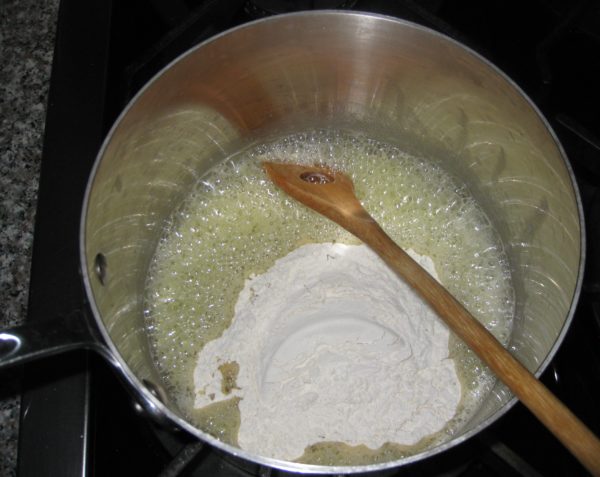
- Note, the flour will appear golden from the combination of the butter and the onions.
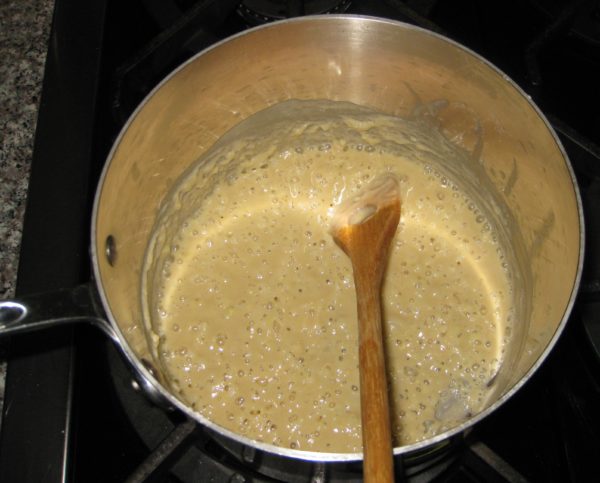
- Add about three tablespoons of the warm milk to the flour mixture. Stir well to fully incorporate. Continue adding about three tablespoons of warm milk at a time, stirring well after each addition, until all the milk has been incorporated. The mixture will form a rather heavy dough.
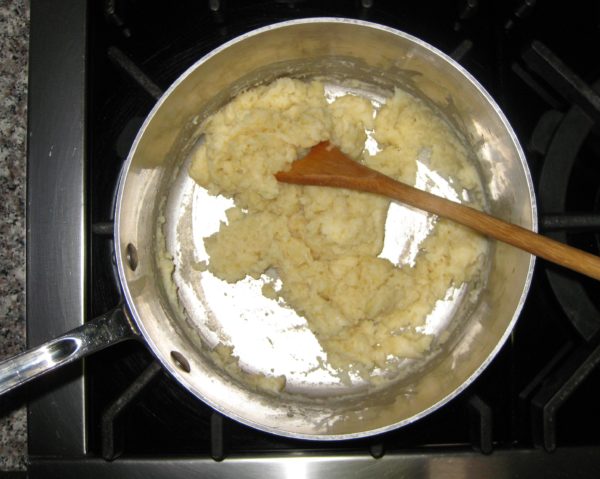
- Continue to cook the dough for 2-3 minutes, stirring constantly, without browning.
- Reduce the heat to low and stir in the ham. Keeping the mixture warm makes it much easier to blend the ham into the dough which would otherwise seize up with the addition of cold ham.
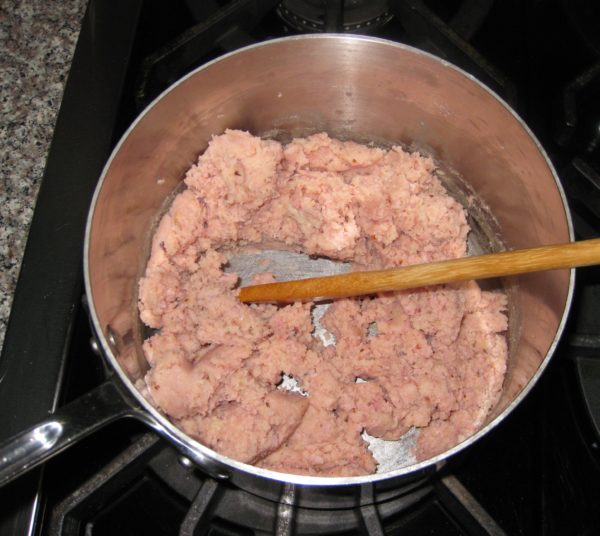
- Off the heat, stir in the nutmeg and parsley. Taste and adjust salt and pepper.
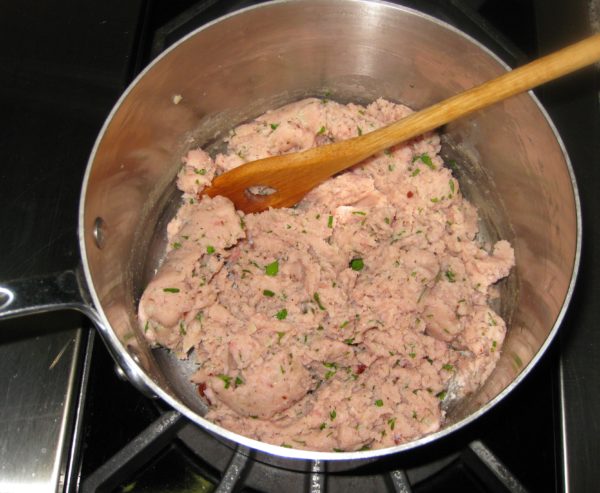
- Spread the mixture into a small oblong pan. Cool to room temperature uncovered.
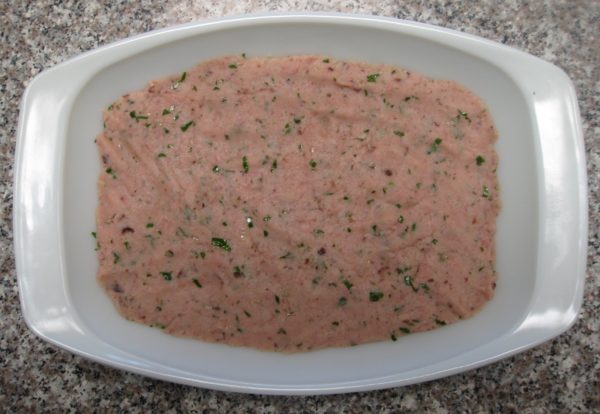
- Cover and refrigerate until very cold, about six hours or overnight.
- Form the croquetas. If making small ones, roll portions of the dough into ½ inch diameter cylinders. Cut the cylinders into pieces about 2 inches long. If making larger croquetas, divide the mixture into 16 pieces. Roll each piece into a ball then flatten into a patty about ½ inch thick. Put the croquetas in a single layer on a cookie sheets. Refrigerate the croquetas until very cold.
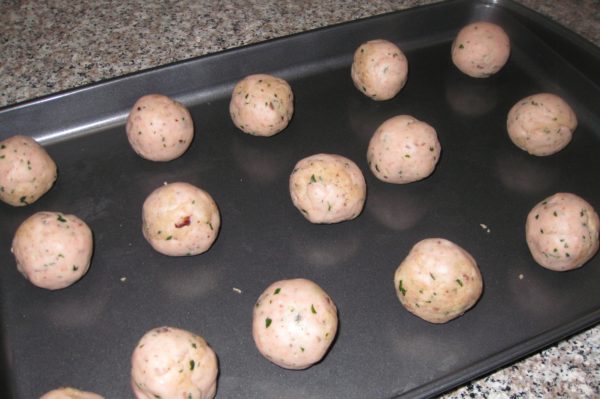
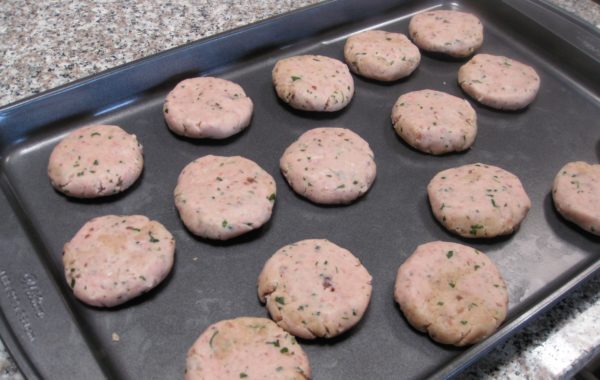
- To bread the croquetas, beat 3 eggs seasoned with ½ teaspoon of salt. Dip the croquettes in the beaten egg then roll in crumbs.
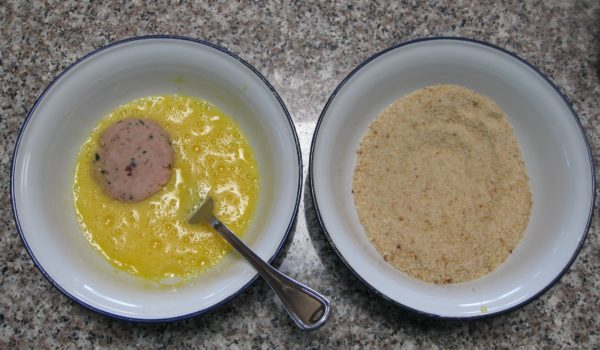
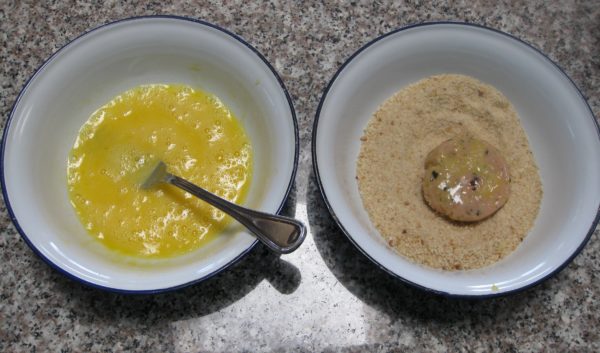
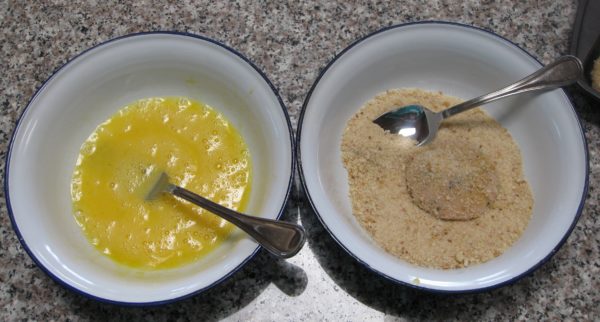
- Put the croquetas onto cookie sheets once again. Refrigerate until cold.
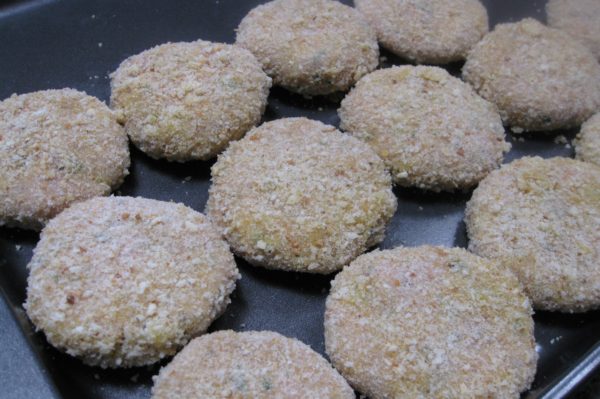
- Repeat the egg and crumb coating a second time. The second coating is necessary to get the traditional crunch. Refrigerate several hours or overnight.
- Cook the croquetas in a deep fryer at 350°F until deep brown. Alternatively, put ½ inch of oil in a heavy bottomed frying pan. Bring the oil to 350°F. Fry the croquetas, turning once, until deeply browned. Drain briefly on absorbent paper. Keep the croquetas warm in a low oven until they are all fried.
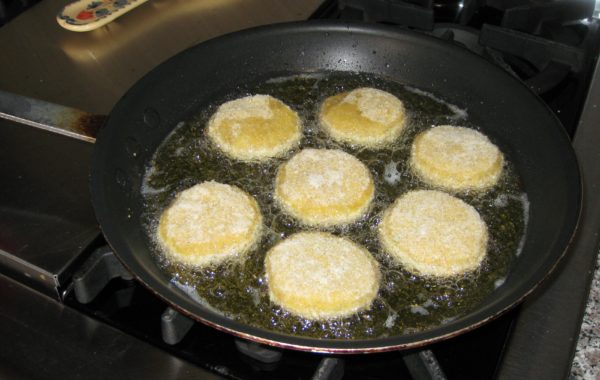
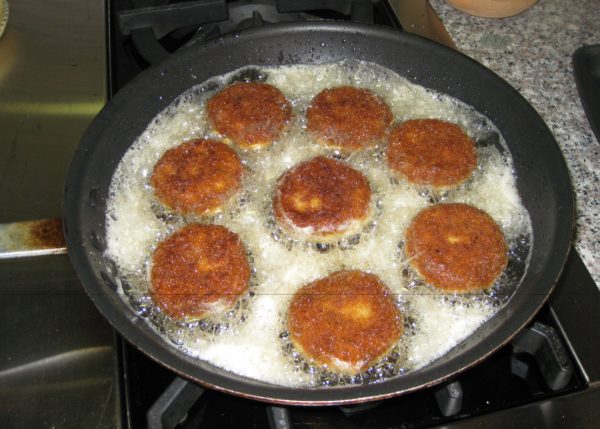
- The croquetas ready to serve.

Copyright © 2017 by VillaSentieri.com. All rights reserved.

